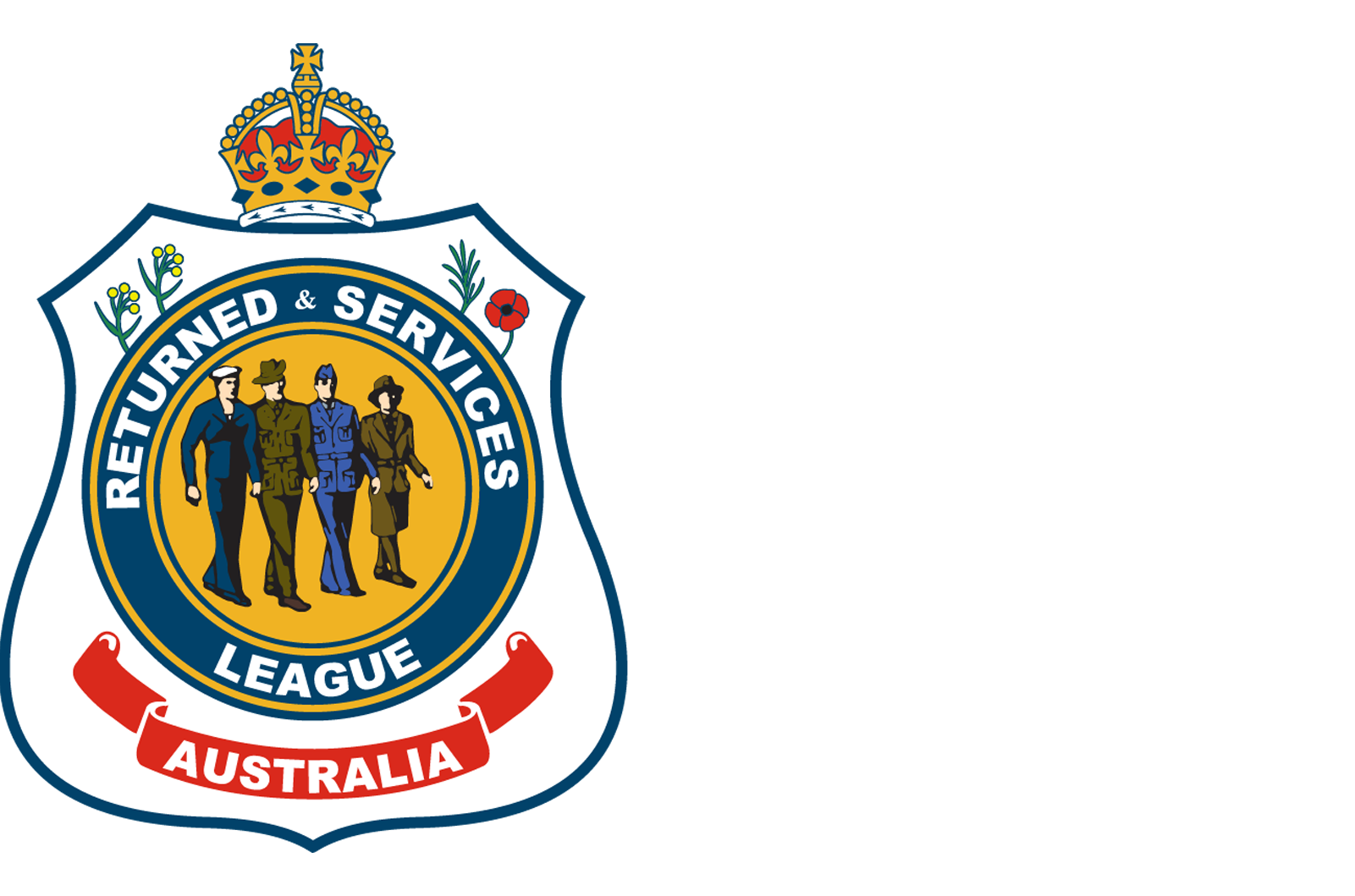4 January 2024
The long journey home
By Mal Lynch and Jill Nason. Jill is a member of Forest Lake RSL Sub Branch and daughter of the late WO Oliver Cuthbert.
Proudly displayed on the wall of the anteroom of the Forest Lake RSL Sub Branch Clubhouse is an artwork by Adrian Rigby titled The Long Journey Home. The piece depicts a crippled Lancaster bomber returning from a World War II mission over Europe in the early dawn.
It was presented to the club by Sub Branch member Jill Nason, daughter of the late Warrant Officer Oliver Cuthbert, who served in the Royal Australian Air Force (RAAF) with No. 150 Squadron in the United Kingdom.
Oliver was born in 1921 and attended Carina State School. As a teenager he worked in the sawmill and farm industry.
The 1930s were known as gap years, where young people were often finding their way, developing their skills, and choosing a vocation for the long term. But the tranquillity of Oliver’s life was disrupted by the outbreak of war in Europe.
Enlistment images of Oliver Cuthbert when he joined the Air Force on the 20th of June 1942.
Preparing for war
In 1942 at the age of 21 he enlisted in the RAAF as aircrew. His application shows that his experience in piloting, wireless telegraphy, engineering and internal combustion engines was ‘nil’. Oliver was not alone in this; the desperate times of WWII called for desperate measures and his fellow recruits were similarly inexperienced.
Like his fellow recruits, Oliver became a human sponge in a training organisation that accelerated his development into skill sets beyond imagination. He progressed through flight crew training programs at Evans Head, Maryborough and Sale before graduating 12 months later as a Sergeant Wireless Air Gunner (WAG).
In comparison with the rapid technological advances in the UK, training resources in Australia were undertaken on outdated equipment. In June 1943, Oliver and his fellow group of airmen disembarked on the SS Umageni, a cargo/passenger ship bound for the UK.
Image: Australian War Memorial - The under-carriage and bomb doors of a RAAF Arvo Lancaster bomber.
There was no convoy and the ship changed course at 10-minute intervals to avoid enemy submarines. The journey took them via New Zealand, Panama, New York, and across the North Atlantic at the height of the U-boat offensive – arriving in in Cardiff six months later.
A fateful flight
Their training advanced to Anson, Halifax and Wellington bombers before graduating to the four-engine Avro Lancaster. It was during a training flight in a Wellington that an engine failed, and the pilot ordered the crew to bail out.
Since the landing gear hydraulics were driven by the failed engine, there was no alternative but to belly-land at a nearby strip. The pilot and navigator remained on board, following orders, while Oliver and the remaining crew bailed out. Oliver sustained a broken foot, which troubled him throughout the rest of his life.
Report on flying accident or forced landing not attributable to enemy action.
Thirty operational missions
In November 1944, Oliver started operational flying on Lancaster bombers, firstly with 576 Squadron and then with 150 Squadron. He was assigned as a crewmember on aircraft ‘S’ for Sugar, which completed a record 137 operational missions, survived the war, and is now housed in RAF Museum Hendon, UK.
The Lancaster was purpose-built to transport bombs to targets at altitudes above 20,000 feet. It lacked armour plating, or heating for the crew despite freezing conditions during long flights. Of the 7,377 Lancasters built, 3,249 were lost in action.
By April 1945, Oliver had completed some 30 operational missions and 180 flying hours over Europe. He was duly promoted to Warrant Officer and returned to Australia and discharged.
Of the 125,000 servicemen who flew in Bomber Command, 55,000 failed to return. Many of those men were Oliver’s friends and this loss had a severe impact on his life.
Mary and Oliver Cuthbert
During his career in the UK, he met and married a beautiful English girl, Freda Mary Hughes (known as Mary). She arrived in Australia on a ‘war brides’ ship at the age of 19. They had two children and were together until she passed away aged 72.
After returning home, Oliver said he would never fly again. He was retrained by the Government as a cabinetmaker and obtained a position constructing fine furniture for several years. He studied for his Junior (year 10) certificate at night and worked as a clerk in the Department of Works until his retirement.





